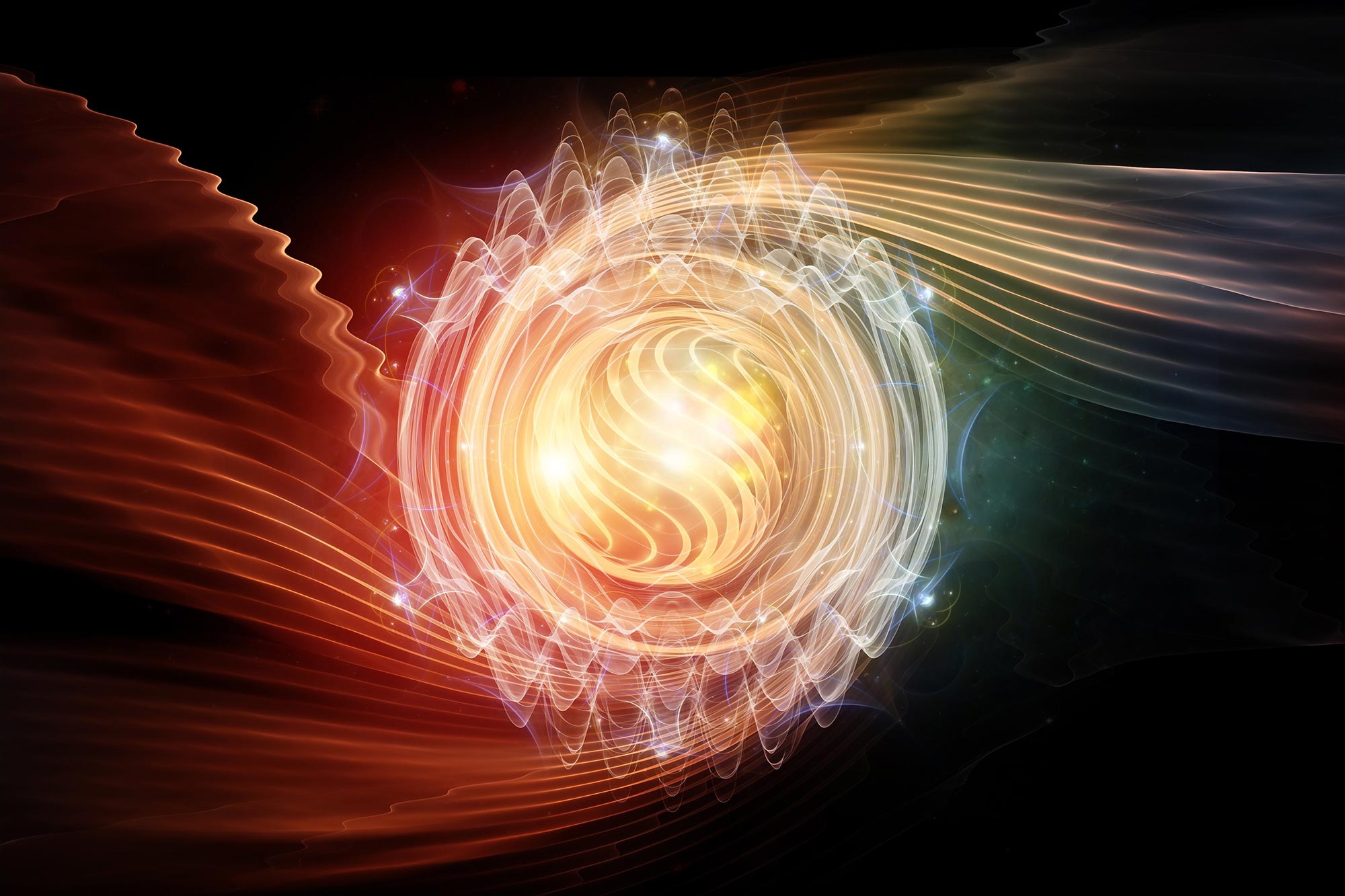
Πάνω από έναν αιώνα μετά την εμφάνιση της θεωρίας, οι επιστήμονες ολοκλήρωσαν την εργασία του Αϊνστάιν σχετικά με την ειδική σχετικότητα στον ηλεκτρομαγνητισμό.
Ερευνητές του Πανεπιστημίου της Οσάκα έχουν αποδείξει τη σχετικιστική συστολή ενός ηλεκτρικού πεδίου που δημιουργείται από ταχέως κινούμενα φορτισμένα σωματίδια, όπως προβλέπεται από τη θεωρία του Αϊνστάιν, η οποία θα μπορούσε να βοηθήσει στη βελτίωση της έρευνας της φυσικής των σωματιδίων και της ακτινοβολίας.
Πριν από περισσότερο από έναν αιώνα, ένας από τους πιο διάσημους σύγχρονους φυσικούς, ο Άλμπερτ Αϊνστάιν, πρότεινε την πρωτοποριακή θεωρία της ειδικής σχετικότητας. Τα περισσότερα από όλα όσα γνωρίζουμε για το σύμπαν βασίζονται σε αυτή τη θεωρία, ωστόσο, μέρος της δεν έχει ακόμη αποδειχθεί πειραματικά. μελετητές που Πανεπιστήμιο της Οσάκα Το Ινστιτούτο Μηχανικής Λέιζερ χρησιμοποίησε για πρώτη φορά εξαιρετικά γρήγορες φωτοηλεκτρικές μετρήσεις για να απεικονίσει τη συστολή του ηλεκτρικού πεδίου που περιβάλλει μια δέσμη ηλεκτρονίων που ταξιδεύει με ταχύτητα κοντά στην ταχύτητα του φωτός και να καταδείξει τη διαδικασία παραγωγής.
Σύμφωνα με τη θεωρία της ειδικής σχετικότητας του Αϊνστάιν, πρέπει να χρησιμοποιηθεί ένας «μετασχηματισμός Lorentz» που αθροίζει τις συντεταγμένες του χώρου και του χρόνου για να περιγράψει με ακρίβεια την κίνηση των αντικειμένων που περνούν από έναν παρατηρητή με ταχύτητες που πλησιάζουν την ταχύτητα του φωτός. Ήταν σε θέση να εξηγήσει πώς αυτοί οι μετασχηματισμοί οδήγησαν σε αυτοσυνεπείς εξισώσεις ηλεκτρικών και μαγνητικών πεδίων.
Ενώ τα διάφορα αποτελέσματα της σχετικότητας έχουν αποδειχθεί πολλές φορές με πολύ υψηλό βαθμό πειραματισμού[{” attribute=””>accuracy, there are still parts of relativity that have yet to be revealed in experiments. Ironically, one of these is the contraction of the electric field, which is represented as a special relativity phenomenon in electromagnetism.

Illustration of the formation process of the planar electric field contraction that accompanies the propagation of a near-light-speed electron beam (shown as an ellipse in the figure). Credit: Masato Ota, Makoto Nakajima
Now, the research team at Osaka University has demonstrated this effect experimentally for the first time. They accomplished this feat by measuring the profile of the Coulomb field in space and time around a high-energy electron beam generated by a linear particle accelerator. Using ultrafast electro-optic sampling, they were able to record the electric field with extremely high temporal resolution.
It has been reported that the Lorentz transformations of time and space as well as those of energy and momentum were demonstrated by time dilation experiments and rest mass energy experiments, respectively. Here, the team looked at a similar relativistic effect called electric-field contraction, which corresponds to the Lorentz transformation of electromagnetic potentials.
“We visualized the contraction of an electric field around an electron beam propagating close to the speed of light,” says Professor Makoto Nakajima, the project leader. In addition, the team observed the process of electric-field contraction right after the electron beam passed through a metal boundary.
When developing the theory of relativity, it is said that Einstein used thought experiments to imagine what it would be like to ride on a wave of light. “There is something poetic about demonstrating the relativistic effect of electric fields more than 100 years after Einstein predicted it,” says Professor Nakajima. “Electric fields were a crucial element in the formation of the theory of relativity in the first place.”
This research, with observations matching closely to Einstein’s predictions of special relativity in electromagnetism, can serve as a platform for measurements of energetic particle beams and other experiments in high-energy physics.
Reference: “Ultrafast visualization of an electric field under the Lorentz transformation” by Masato Ota, Koichi Kan, Soichiro Komada, Youwei Wang, Verdad C. Agulto, Valynn Katrine Mag-usara, Yasunobu Arikawa, Makoto R. Asakawa, Youichi Sakawa, Tatsunosuke Matsui and Makoto Nakajima, 20 October 2022, Nature Physics.
DOI: 10.1038/s41567-022-01767-w
The study was funded by the Japan Society for the Promotion of Science and the NIFS Collaborative Research Program.

“Ερασιτέχνης διοργανωτής. Εξαιρετικά ταπεινός web maven. Ειδικός κοινωνικών μέσων Wannabe. Δημιουργός. Thinker.”


